21st January 2012, 10:33 am
For undergraduate mathematics research opportunities, we usually refer students to the AMS website, the SIAM website, our headline, and our SMALL webpage on other programs. Prof. Vélez has put together the following excellent list of programs with special features. Comments are most welcome either below or by emailing Frank Morgan.
Summer_REU_and Internship Programs 2021 by William Yslas Vélez, University Distinguished Professor of Mathematics, Emeritus, The University of Arizona, Tucson, Arizona
Continue reading ‘Undergraduate Math Research Opportunities’ »
19th December 2011, 01:56 pm
The National Science Foundation supports about 70 sites for Research Experiences for Undergraduates in mathematics across the country. Proposals for the next summer are due the fourth Wednesday in August. A good proposal includes the following elements. Continue reading ‘Elements of Good NSF REU Proposal’ »
8th December 2011, 08:44 am
Nice little snowfall overnight:
20th November 2011, 11:42 am
Yes, Thomas Hales proved that regular hexagons provide the least-perimeter way to tile the plane with unit-area tiles, even allowing them all to have different shapes:
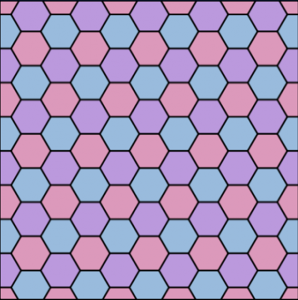
Continue reading ‘Pentagons Everywhere’ »
2nd November 2011, 07:26 pm
After Hales proved in 1999 the Hexagonal Honeycomb Conjecture—that regular hexagons provide the least-perimeter, minimal-interface way to tile the plane with unit areas—I decided I wanted hexagonal tiles for my kitchen:
 In the middle of the job, the contractor ran out of grout for the interfaces between the tiles. He had an excuse: he explained that hexagonal tiles apparently required more grout! That was the wrong time and place for that excuse. I had to respond: “Actually…”.
In the middle of the job, the contractor ran out of grout for the interfaces between the tiles. He had an excuse: he explained that hexagonal tiles apparently required more grout! That was the wrong time and place for that excuse. I had to respond: “Actually…”.
30th October 2011, 08:50 am
The snow came considerately Saturday night, leaving Williamstown splendid. Photos skiing around town this morning.
8th October 2011, 07:43 am
The proof of the regularity of an area-minimizing surface with a given smooth boundary has had a long and interesting history. Following work of Douglas, Rado, and Osserman, Gulliver [1973, G] proved that a least-area map of a disc into R3 with prescribed boundary is a smooth immersion on the interior. The map need not be an embedding and cannot be if the boundary curve is knotted. The possibility of boundary branch points remains open today. Continue reading ‘Regularity of Area-Minimizing Surfaces’ »
22nd September 2011, 08:13 am
I have heard that the NSF is considering changing the name of the Division of Mathematical Sciences to the Division of Mathematical and Statistical Sciences.
Update 12 October 2012. Today AMS President Eric Friedlander sent the following email to AMS members, IMS President Ruth Williams sent the succeeding email to IMS members, and SIAM President Nick Trefethen sent the third email to SIAM members.
Update 17 October 2012. Today MAA President Paul Zorn sent the final email below to MAA members.
Continue reading ‘NSF “Division of Mathematical and Statistical Sciences”?’ »
8th August 2011, 04:31 pm
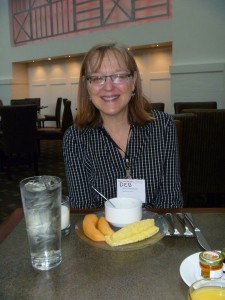 Guest post by Professor Deb Bergstrand, Swarthmore College
Guest post by Professor Deb Bergstrand, Swarthmore College
Ed Burger’s invited MathFest address on recent work in number theory was masterful. He wowed the crowd at the end when he revealed that the new results he presented were discovered by his SMALL undergraduate research students during the summer of 2010, thus reinforcing his message that the mathematics of tomorrow will be produced by the students of today. Ed’s other direct role at the conference was the invited paper session he organized on “Offering students lessons beyond mathematics, through mathematics.” Continue reading ‘Good Times at MathFest 2011 in Lexington’ »
27th July 2011, 07:05 am
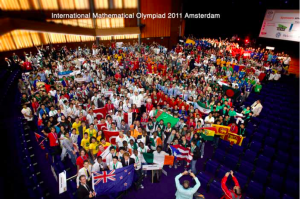 When I visited Universiti Teknologi Mara in Kuala Lumpur, Malaysia, I was most impressed by the young mathematician who presided at my session, Nuru’l-‘izzah Othman. She summarized the session as follows, better than I could have:
When I visited Universiti Teknologi Mara in Kuala Lumpur, Malaysia, I was most impressed by the young mathematician who presided at my session, Nuru’l-‘izzah Othman. She summarized the session as follows, better than I could have:
Three golden rules for starting a mathematics project:
1. Start small. Try to start with small and manageable projects and avoid being too ambitious.
2. Start with something familiar or close to one’s heart.
3. Do what you enjoy doing and enjoy what you are doing. Continue reading ‘World Peace through Mathematics’ »
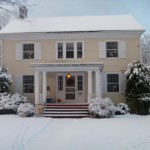
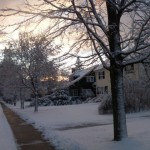



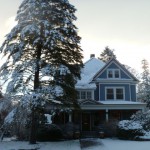


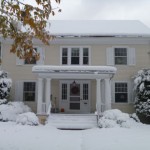
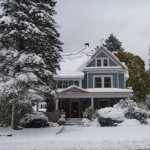
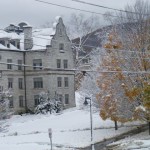
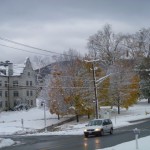
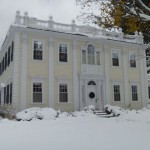
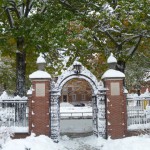
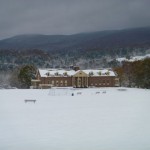
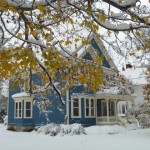
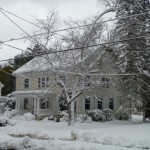


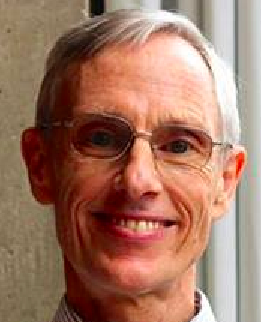 Welcome to my blog. I also have a blog at the
Welcome to my blog. I also have a blog at the